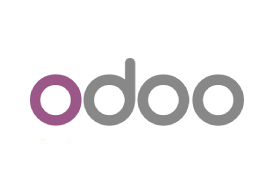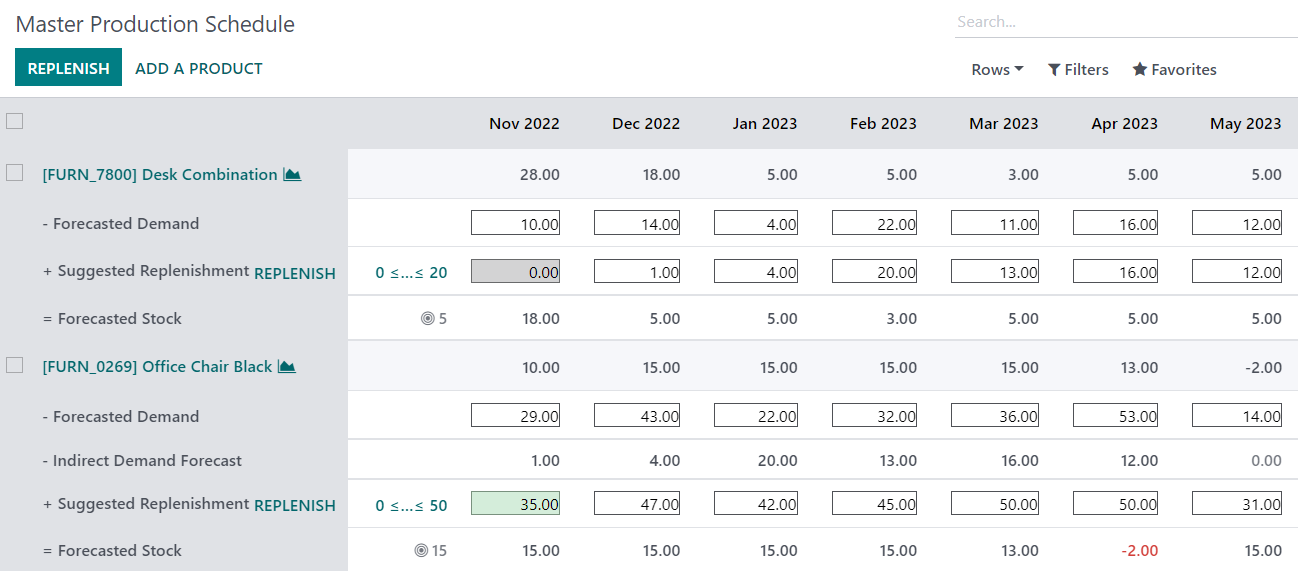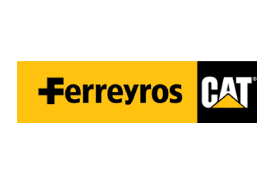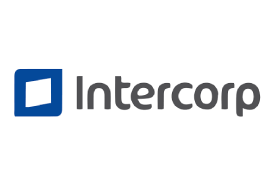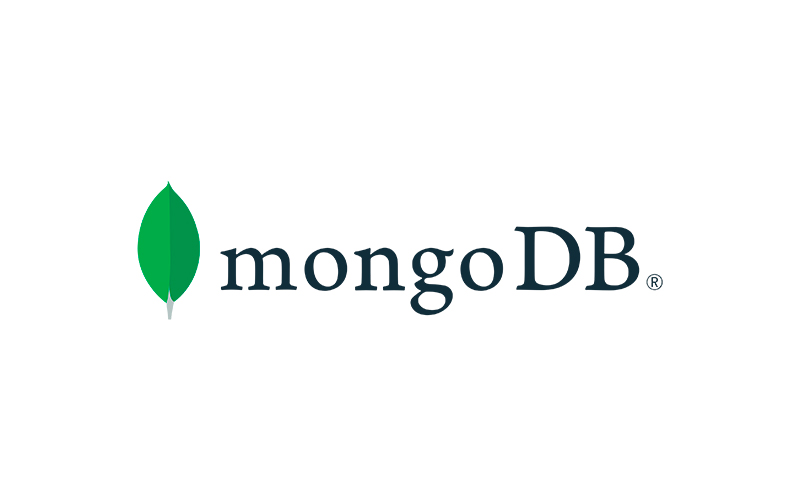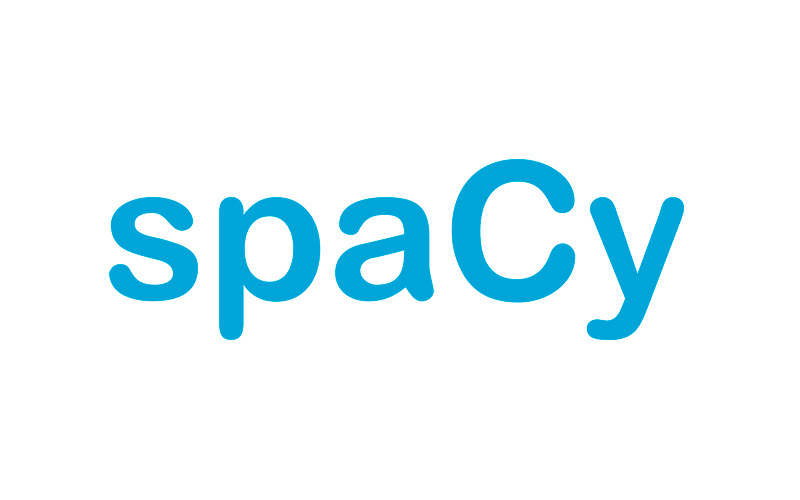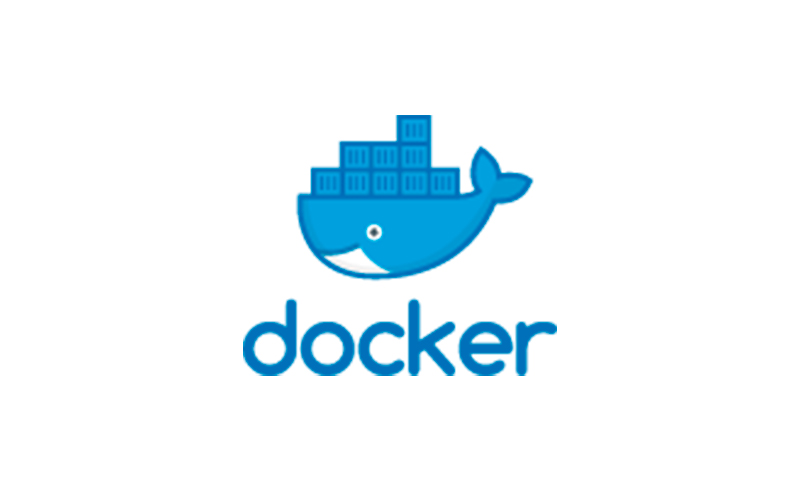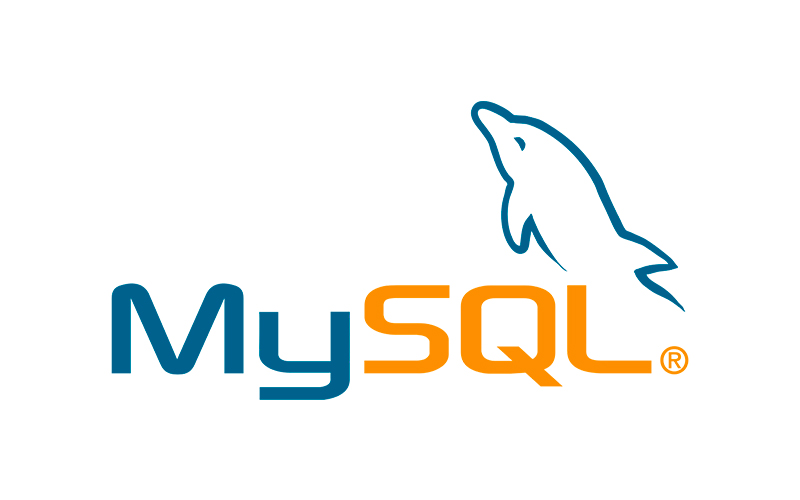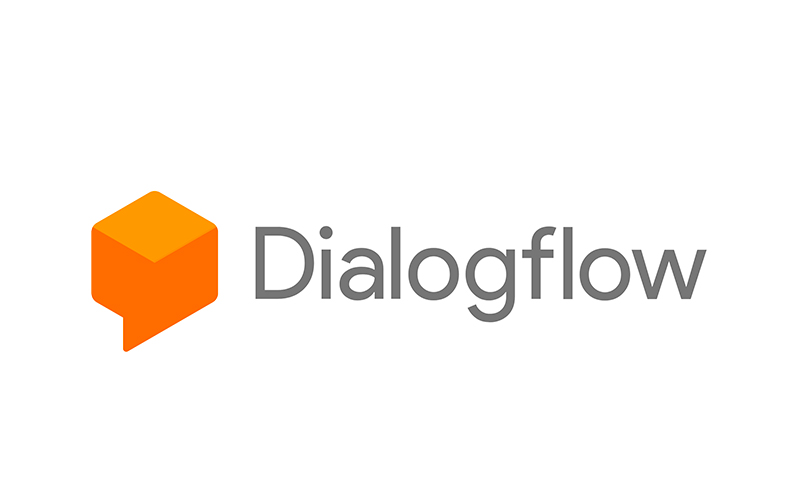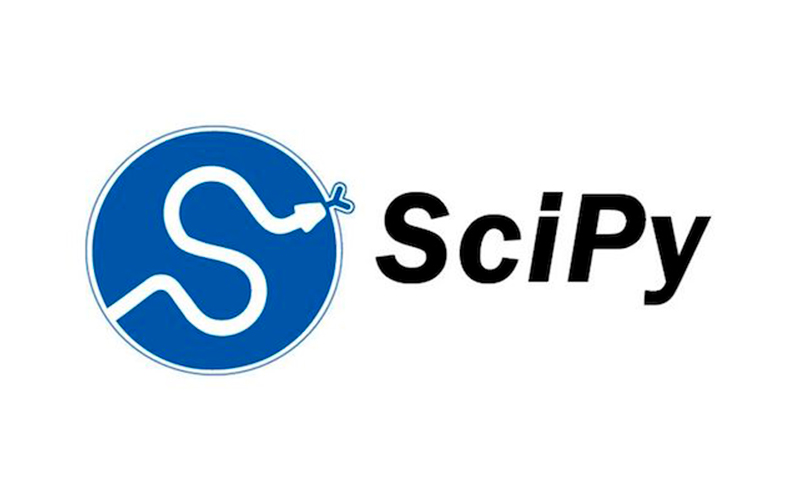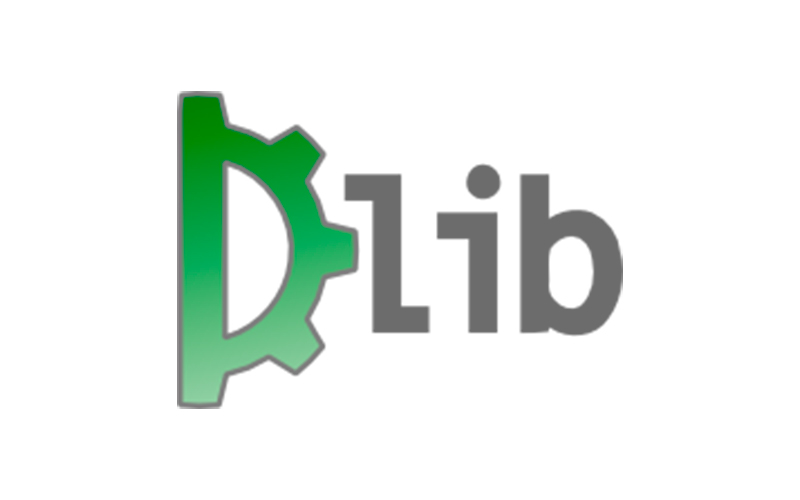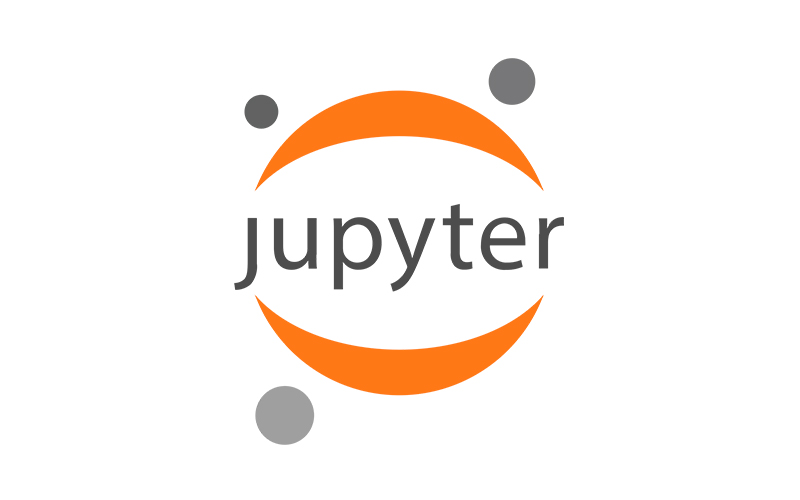Getting started with Odoo Forecasting is a fundamental step towards improving inventory management and optimizing your business operations. Here we guide you through the steps to start with this powerful tool:
-
Access Odoo Forecasting: To begin, access the Odoo platform and select Odoo Forecasting integration from your dashboard.
-
Explore Functionalities: Once inside Odoo Forecasting integration, explore the various functionalities and tools available. Familiarize yourself with the intuitive user interface and configuration options to customize the experience according to your business’s specific needs.
-
Configure Inventory Data: Before starting to use Odoo Forecasting, ensure your inventory data is correctly set up on the platform. This includes detailed information about your products, current stock levels, sales history, and any other relevant data for the demand forecasting process.
-
Select Forecasting Models: Explore the different forecasting models available in Odoo Forecasting and select those that best fit your inventory characteristics and demand patterns. You can choose from a variety of models such as linear approximation, linear regression, triple exponential smoothing, among others, based on your specific needs.
-
Import Historical Data: Import your historical sales and demand data into Odoo Forecasting to use as a basis for your future forecasts. The more historical data you have available, the more accurate your demand forecasts will be.
-
Generate Forecasts: Use the selected forecasting models to generate demand forecasts for your products. Odoo Forecasting will analyze your historical data and apply appropriate forecasting models to accurately and efficiently predict future demand.
-
Analysis and Evaluation: Once you have generated your demand forecasts, review and analyze the results obtained. Evaluate the accuracy of the forecasts compared to actual data and make adjustments as needed to improve the quality of your future forecasts.
-
Implementation of Strategies: Use the demand forecasts generated by Odoo Forecasting to implement effective inventory management, production planning, purchasing, and sales strategies. Leverage the insights gained to make informed decisions and maximize the operational efficiency of your business.
Starting with Odoo Forecasting is the first step towards smarter and more efficient inventory management. Follow these steps to make the most of this powerful tool and take your business to the next level.


